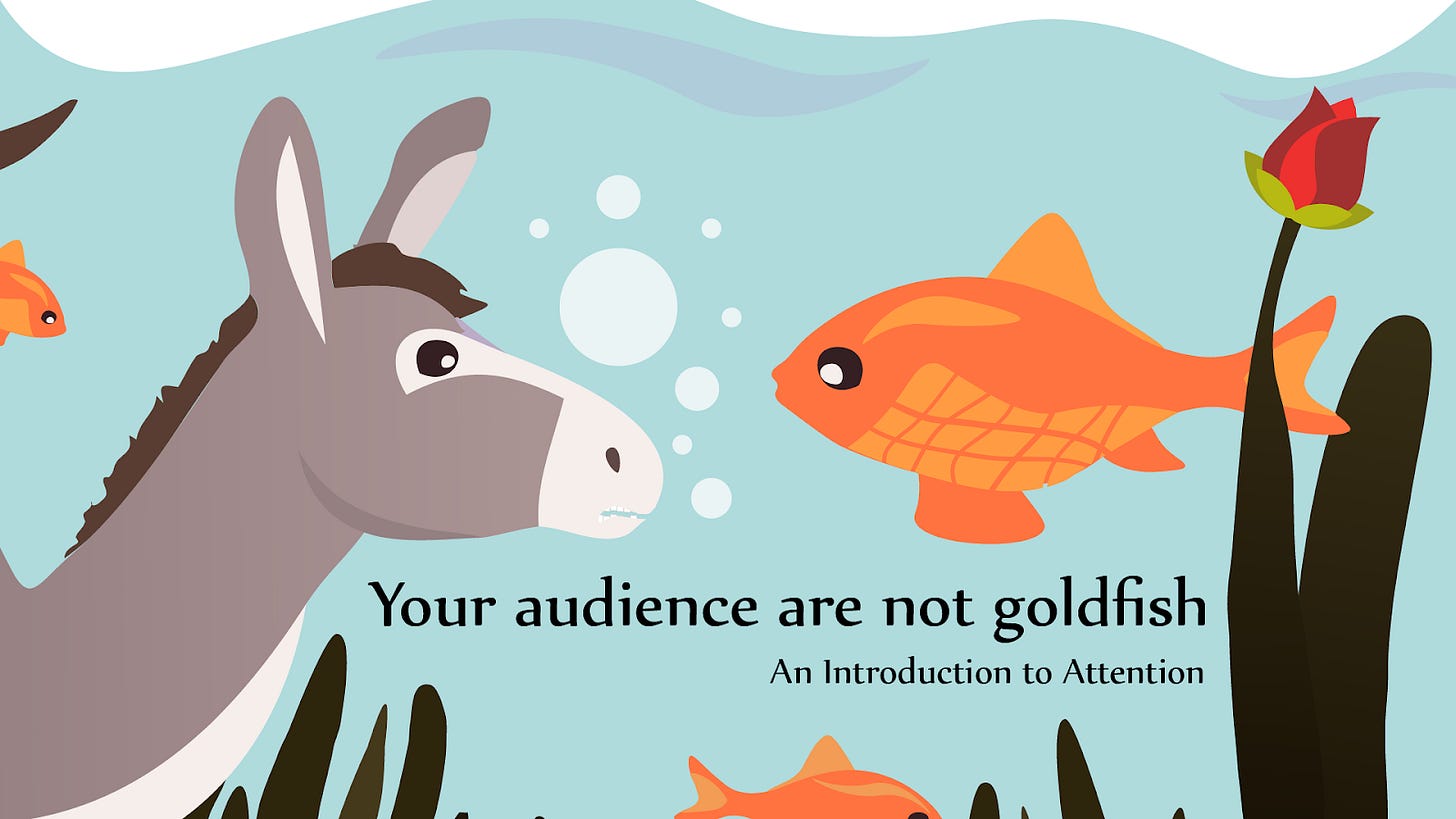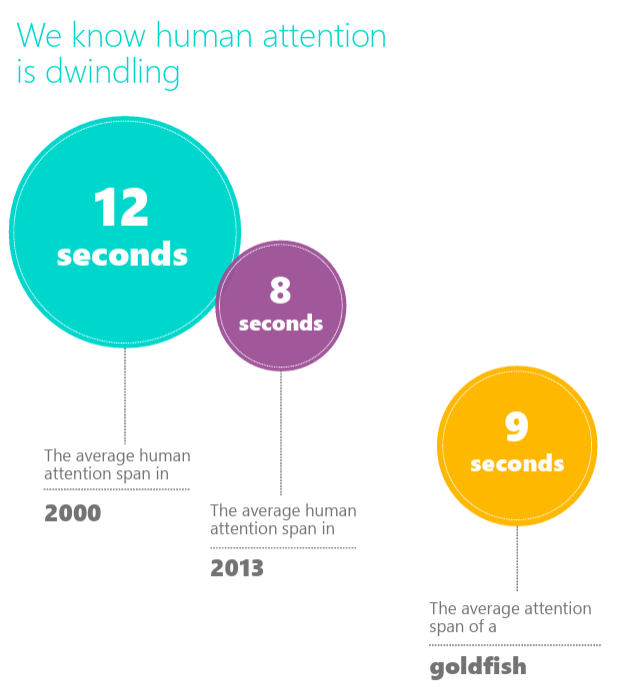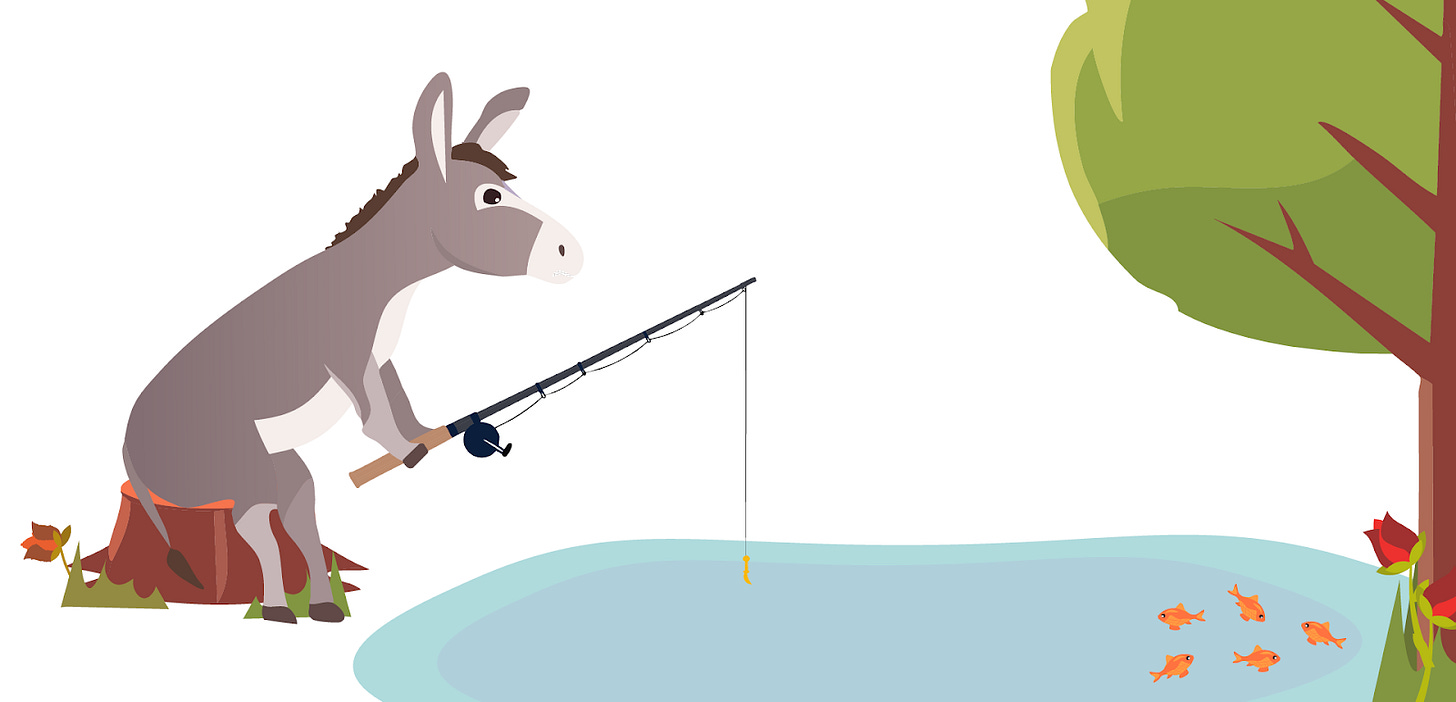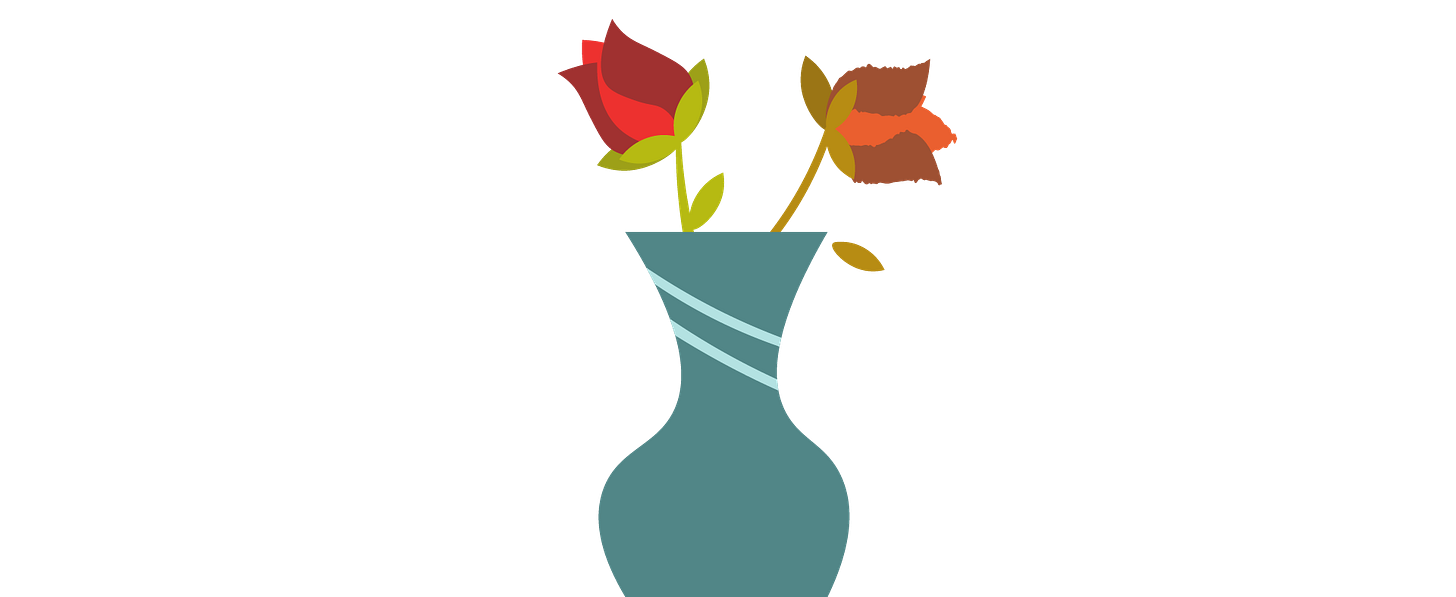So far we’ve briefly explored the audience building problem plaguing the independent artist. Artists are trying to replicate strategies they see successful artists implementing without realizing they aren’t seeing the whole picture. What you see is all there is (WYSIATI), and when that’s the case you end up overextending yourself by engaging in activities without understanding why. You assume if you replicate strategies that you see resulting in audience growth for others that yours will too. Both WYSIATI and assumptions go hand in hand, leading to burnout and confusion.
I hope up to this point I have made a salient enough argument for you to at least begin to question why you are doing the things you do when it comes to audience building. If at this time you are seeking (and hopefully developing tests to) verification before executing a strategy we’ll chalk that up as a win. Assumptions are a dangerous game. So far we’ve been talking about assumptions in audience building as it pertains to creating and distributing content. Today we are going to explore an even more fundamental assumption regarding attention.
If you’re like most people, you think we now have an attention span of less than that of a goldfish (8.25 v. 9 seconds). Back in my commercial video production days, I’d see competitors and influencers alike using this statistic as the basis to sell fast, flashy, and short videos aimed to “grab” the user’s attention as they scrolled on by. The statistic, however, is greatly misleading and not the entire picture the research painted.
The goldfish comparison comes from a study titled "Microsoft Attention Spans, Spring 2015", conducted by Microsoft Canada, that is 52 pages long. The research was exploring how digital devices were causing a decrease in our ability to focus on singular tasks. With frequent notifications, the study found that access to smartphones resulted in more multitasking. This resulted in finding that if people were bored, they’d move on quickly because there were plenty of other things with which to engage. The shortening of attention discovered wasn’t a gradual decline in a person’s ability to sustain attention, it simply illustrates that there was a lot competing for it.
Guess where the graphic of the goldfish comparison appeared? Page 6 of 52. Perhaps we are goldfish.
The context of the goldfish statistic is important because without context we stretch the truth and jump to conclusions (or into a fishbowl). What happened was when people got their hands on the study, they saw page 6 and decided that’s all there was to it. Unfortunately, this means that most artists accept the goldfish fallacy as fact, when in reality it was an assumptive conclusion from readers who skimmed an otherwise interesting paper. An assumption on an assumption makes Frank furious.
On our podcast, Story World Explorers, my brother quipped: Attention is not short, it is selective. A better summation of the reality of attention you cannot find. Attention is not short and it is not shortening. The statistic about us being a goldfish is a solution to the never-ending list of distractions. It’s our filtering mechanism in high gear, our brains trying to get to the next thing we care about. The next dopamine hit. Something that’s worthy of our attention. In reality our attention spans are just as strong as they’ve always been (I’d even argue stronger) when it comes to something we really like.
I have spent, probably, around 100 hours watching the Kitboga Show on YouTube. At the time of me writing this, it would have been just over two years since subscribing to the channel. He calls scammers who are targeting the elderly, improvises as a variety of characters using a voice changer to waste their time and catch them in a variety of ways. It’s unbelievably entertaining.
On average for most things on YouTube or YouTube Shorts I have an attention span of 8.25 seconds, I scroll through just as much content as the average user. BUT when it comes to Kitboga, my attention span is around 2 hours weekly. While you may not know of or enjoy Kit’s content, everyone has content & creators to which they are willing to spend time, energy, and attention. Think of your favorite artists, musicians, stories, worlds, video games. I promise you that you’re giving them more than 8.25 seconds of your attention.
Your audience are not goldfish. They are people in search of you. They wander a vast open ocean; lost, confused, desperate. They need your art and the community you are building. Get a fishing pole and start catching them one by one.
Follow for more! Join our book club “Artists Building Audiences” for thought provoking reads and meaningful conversations about audience development here.









People used to diminish someone by saying they couldn’t “walk and chew gum at the same time”, and now they are claiming that the proverbial other can’t “walk without also chewing gum”.